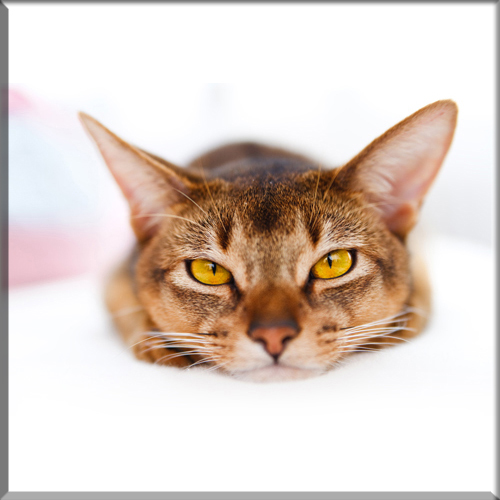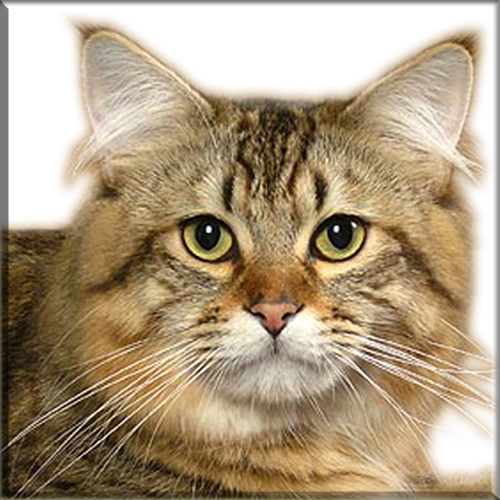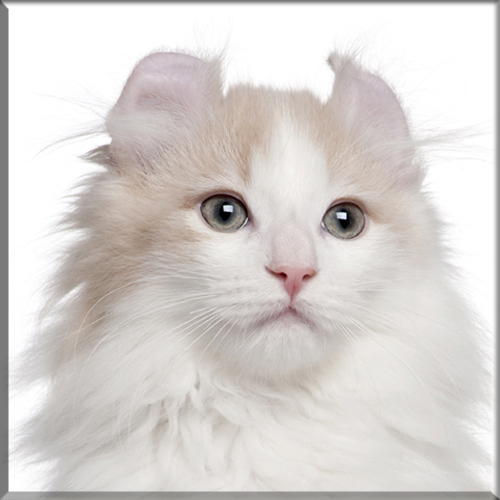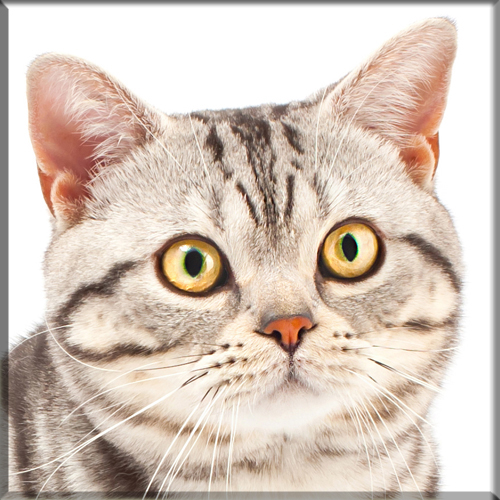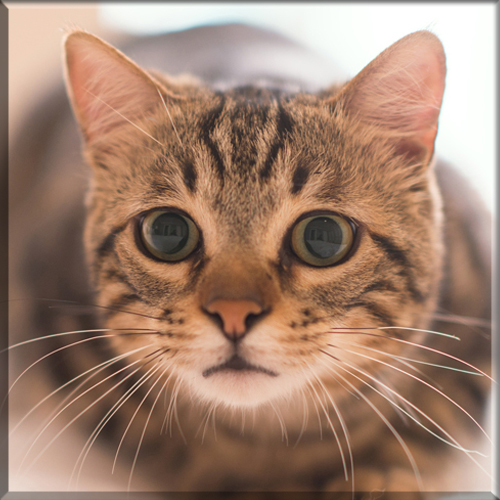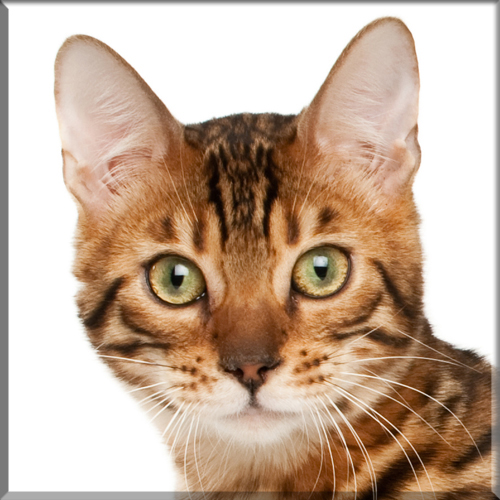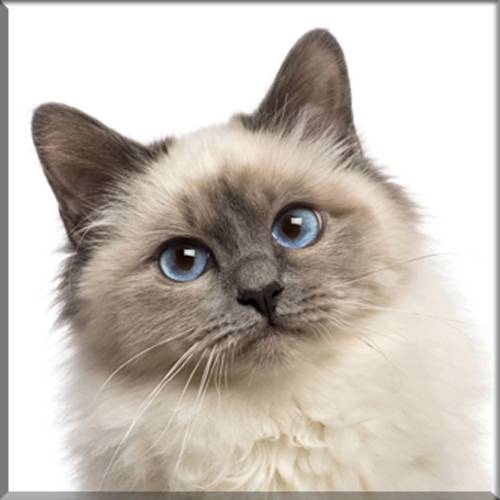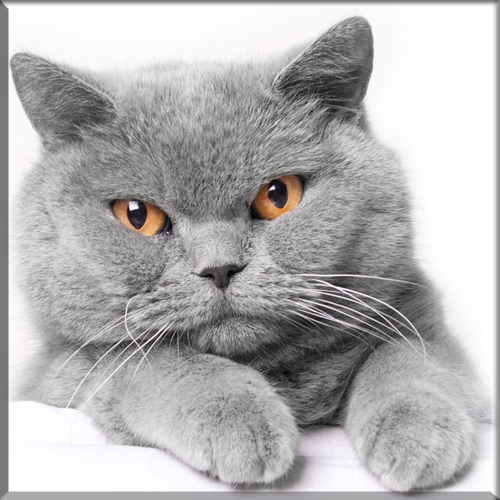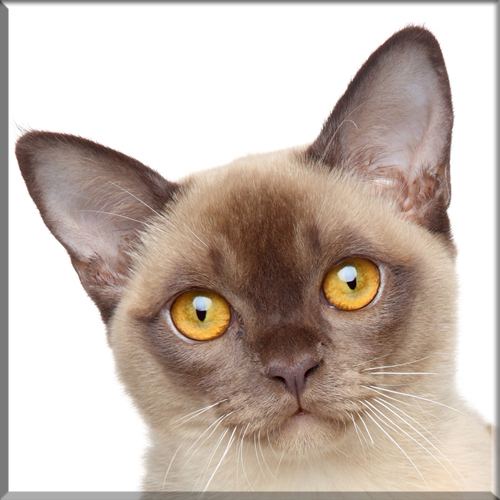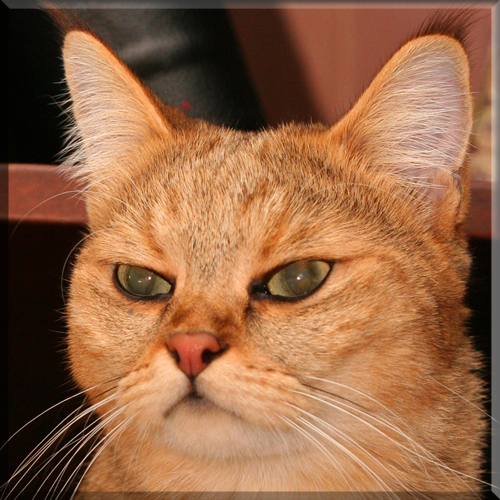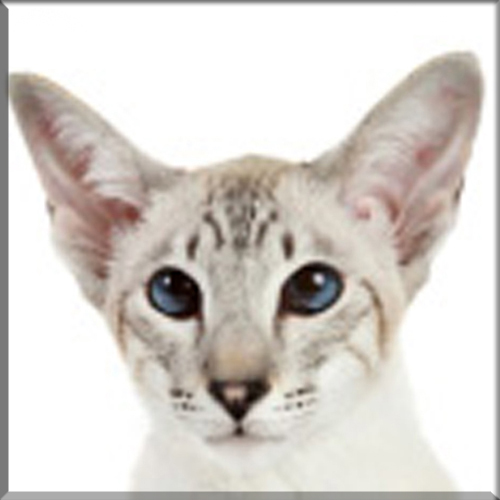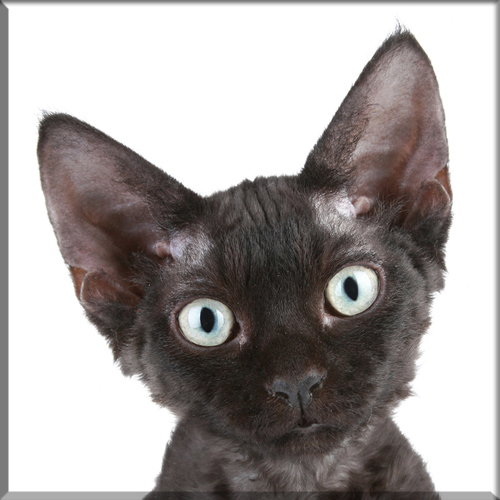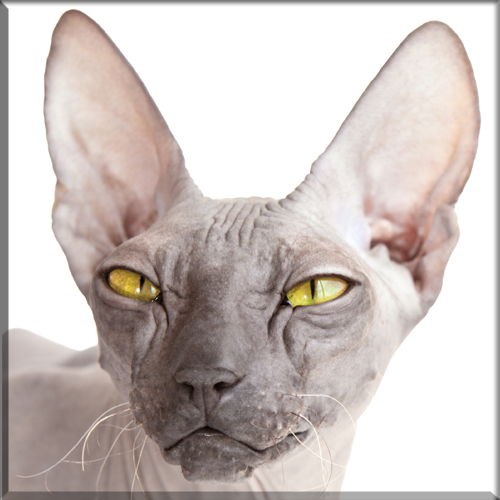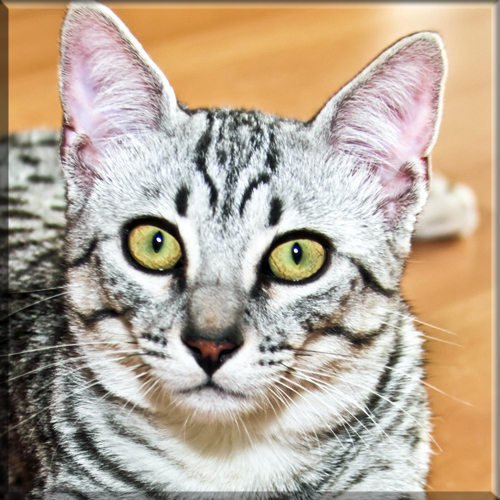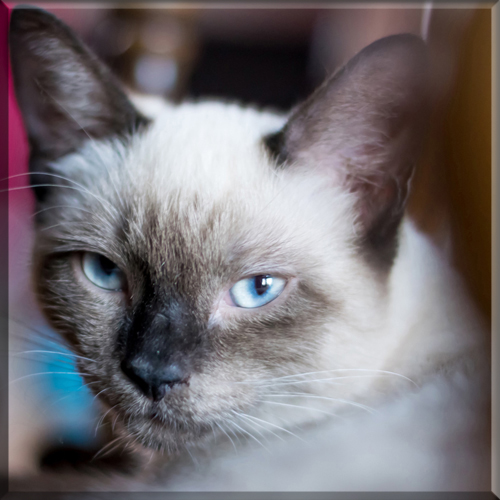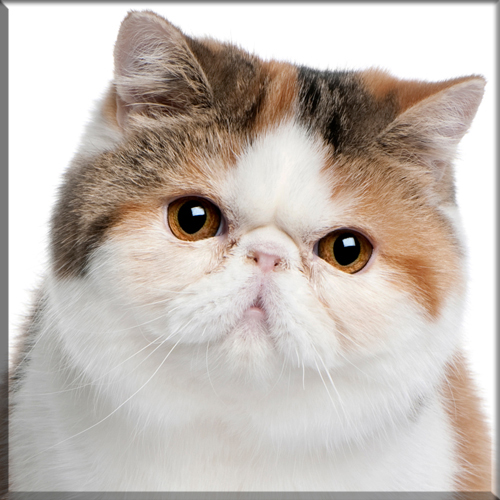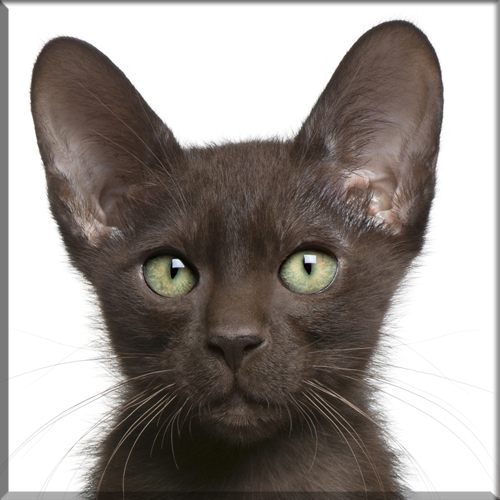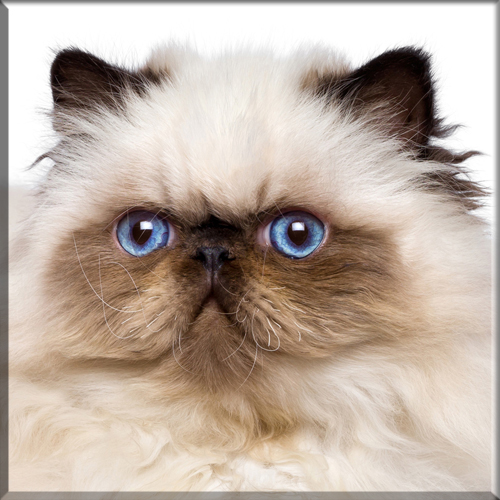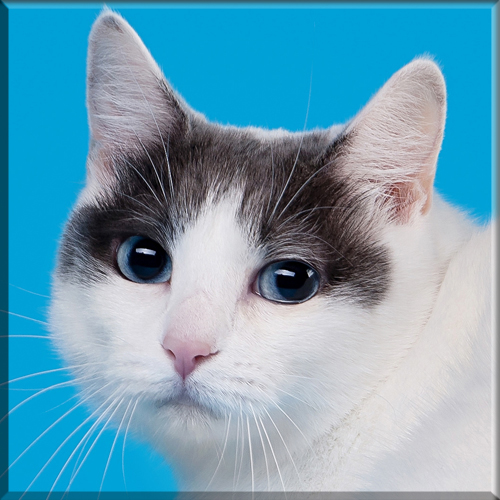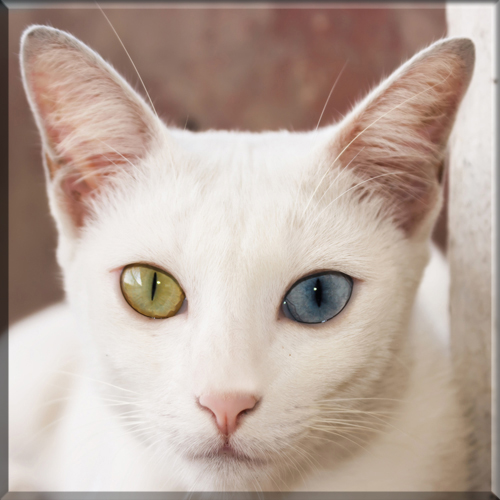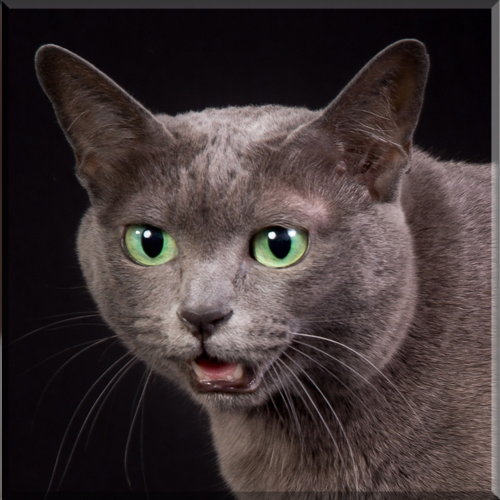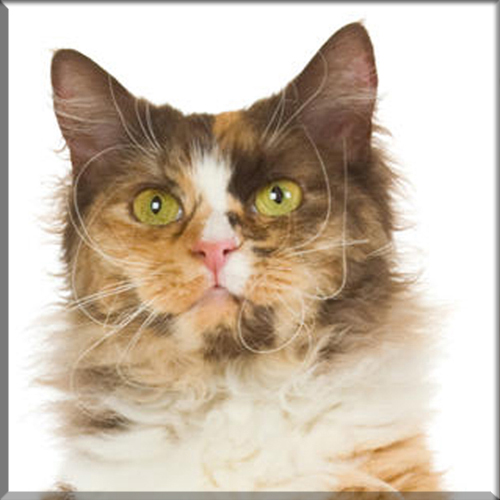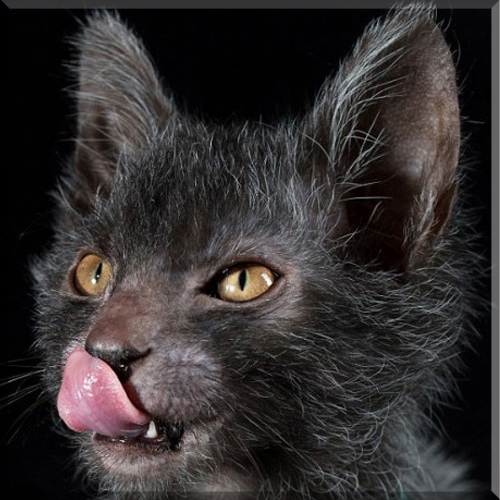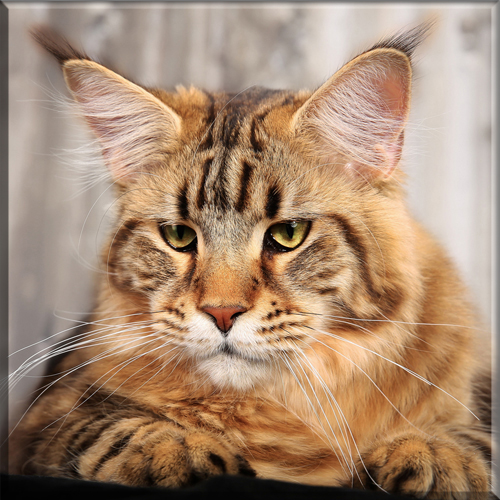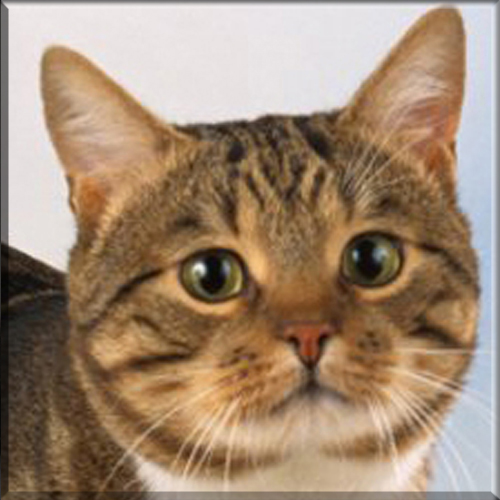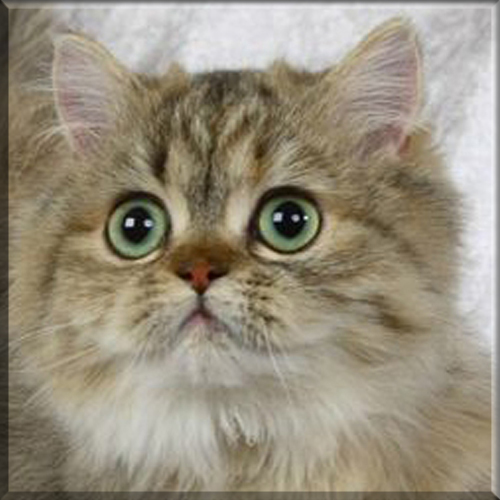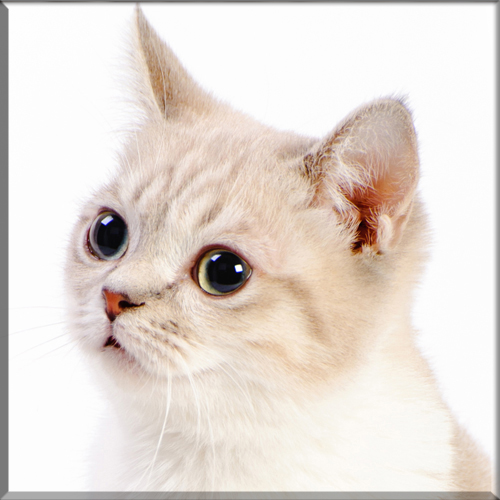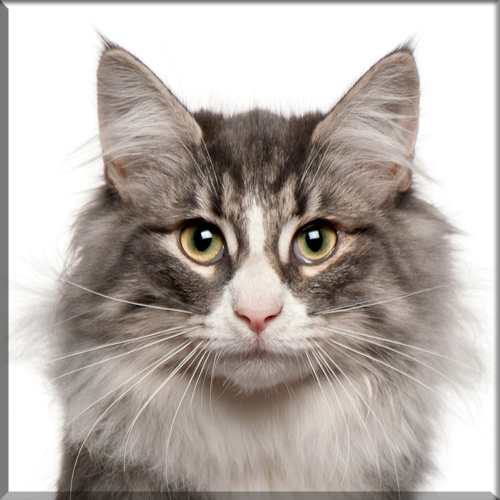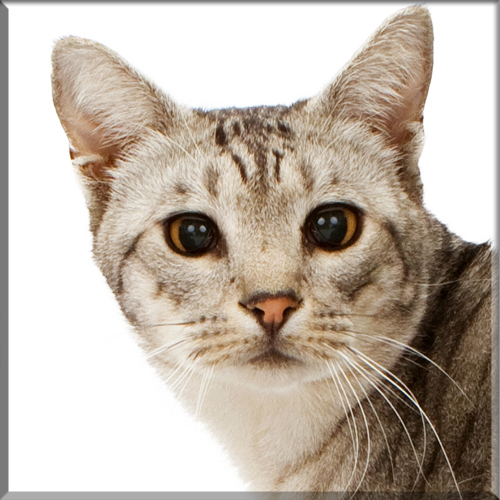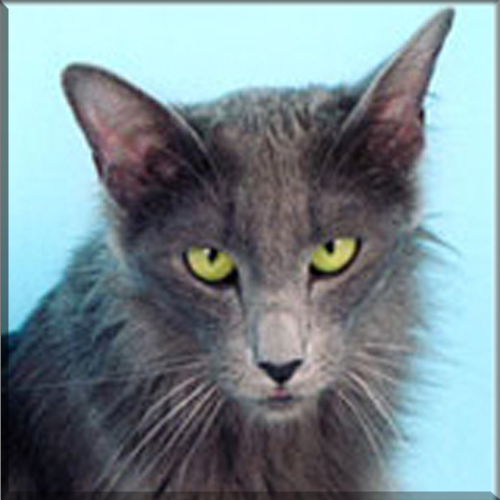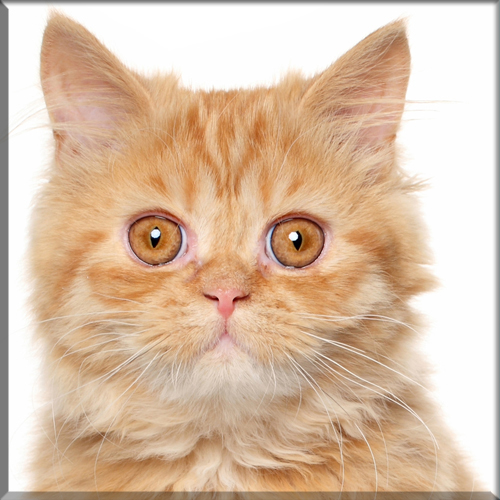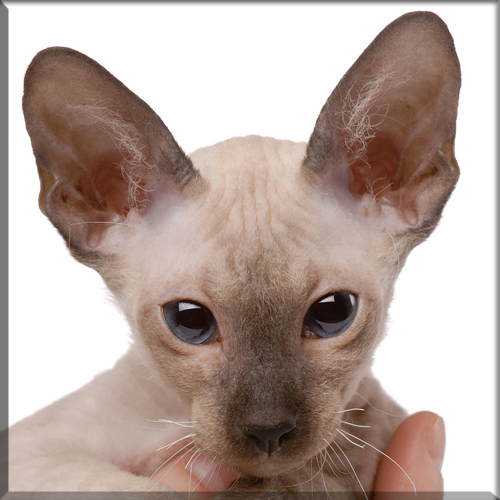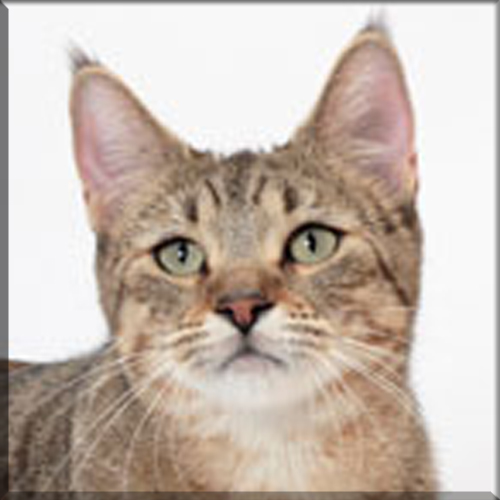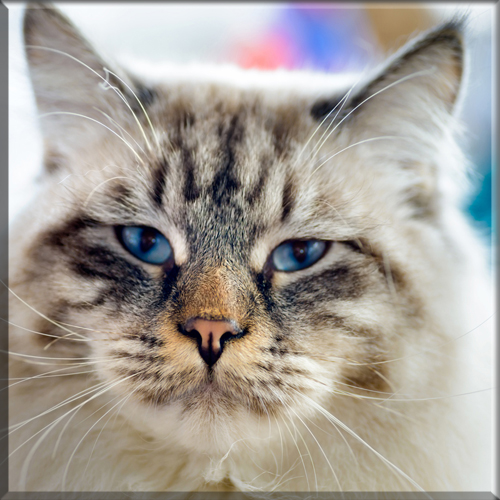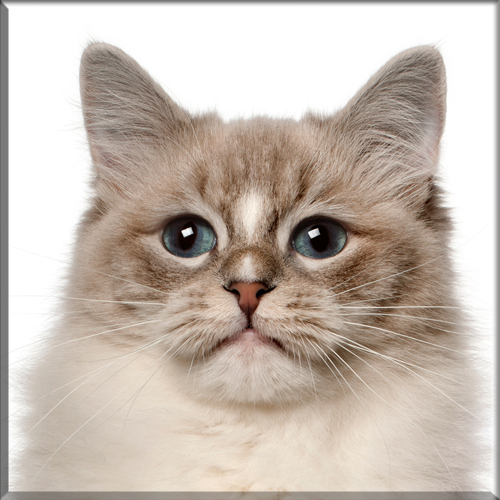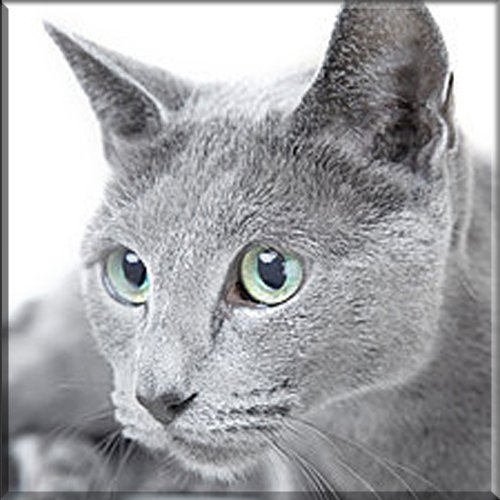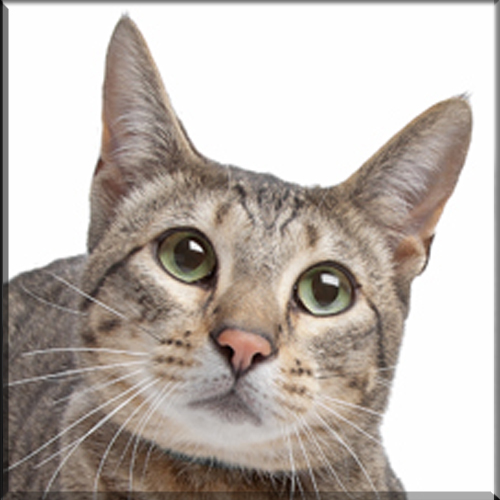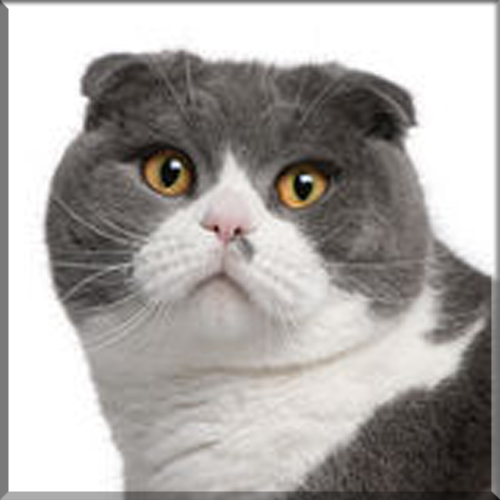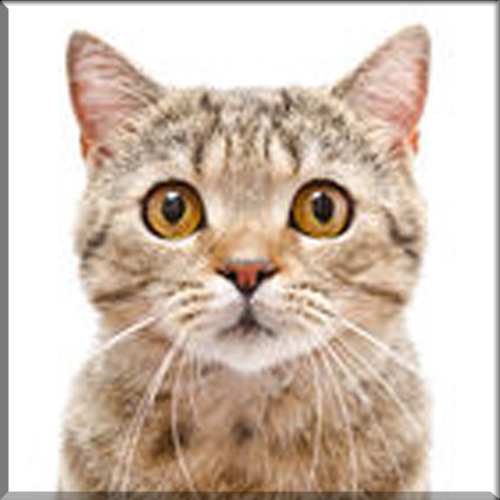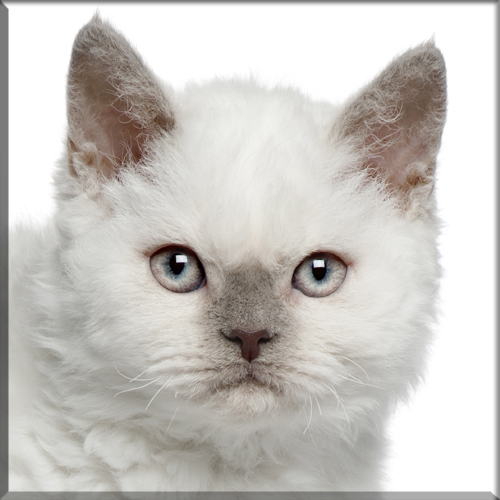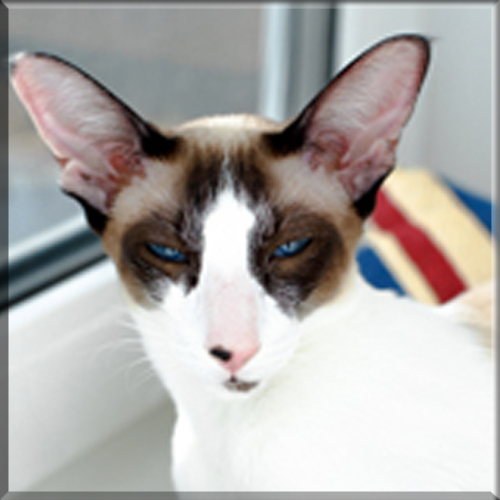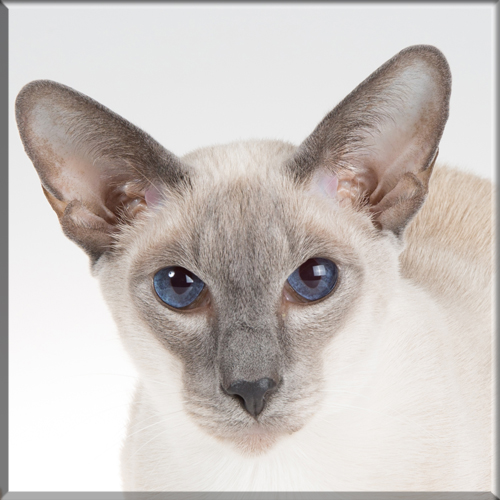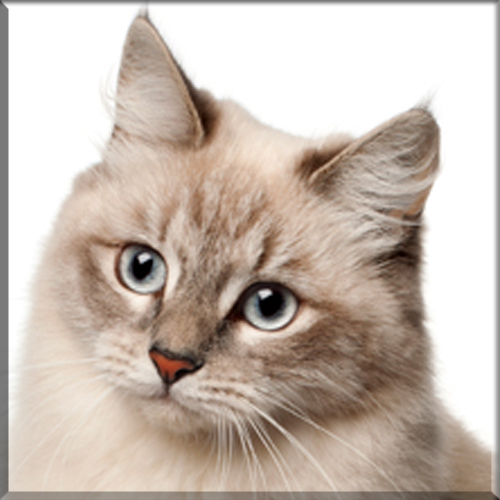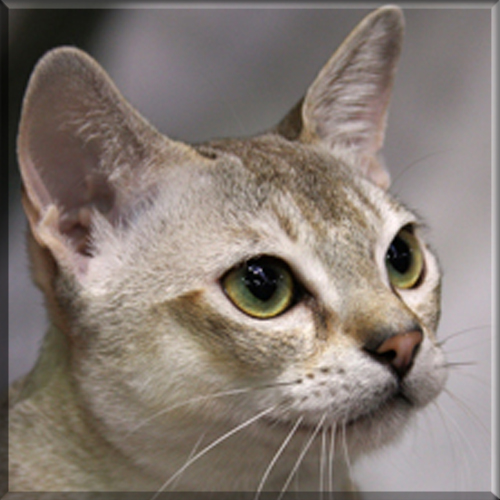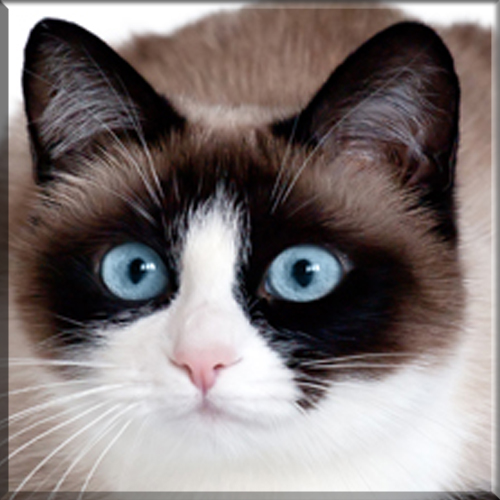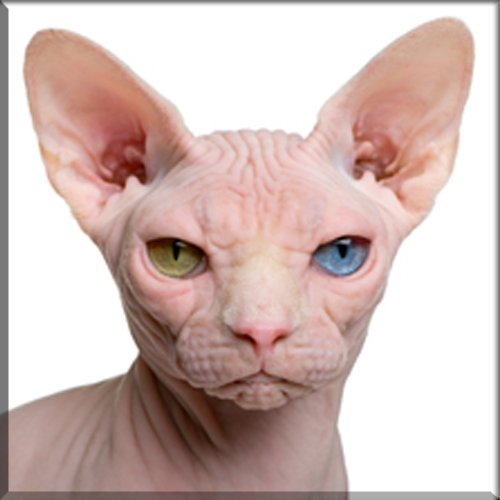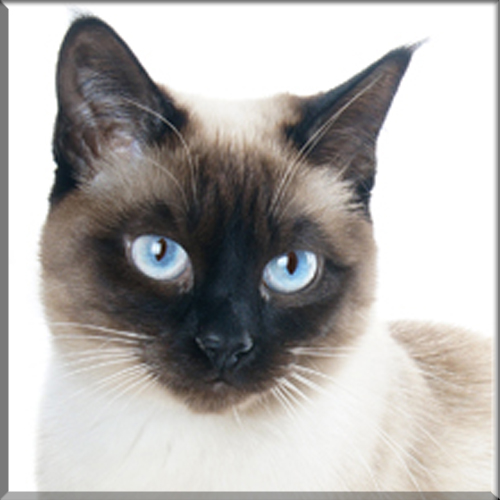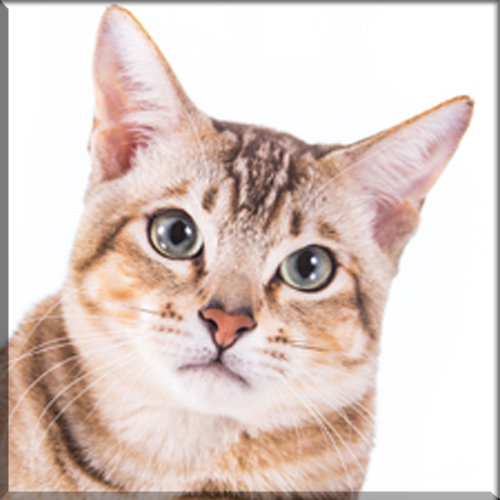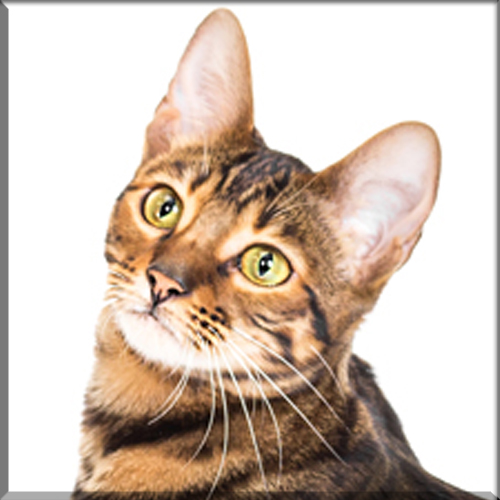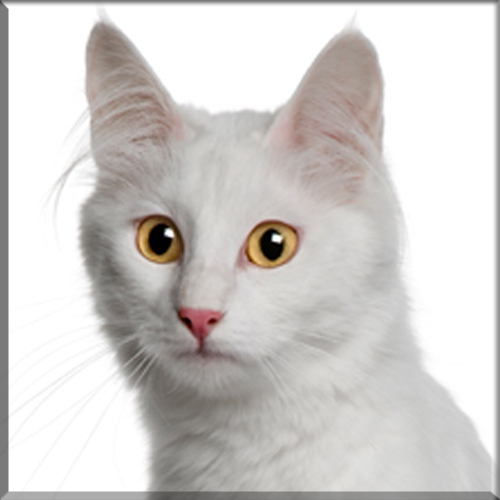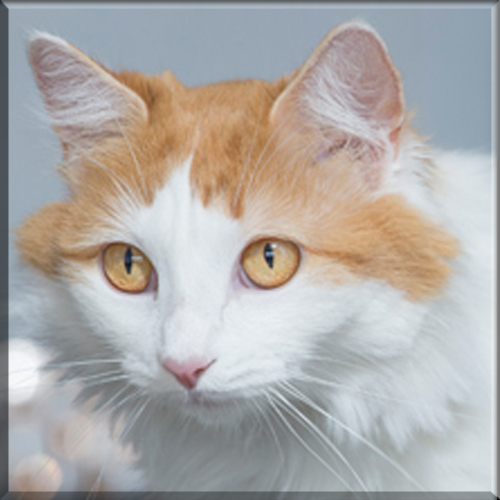Siamese
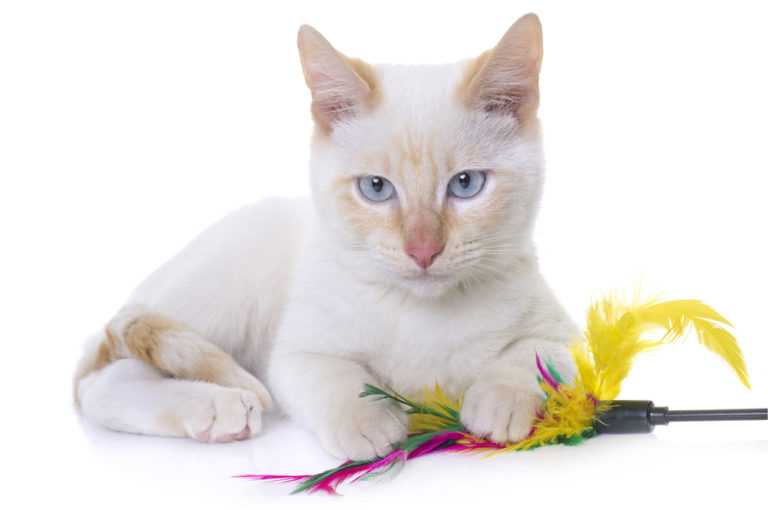
Appearance and features:
There are 2 entirely different looks to the accepted “typing” of a Siamese cat. The more modern “show-style” standardized look is a fine boned, extremely elongated lean, tubular body. They have slender legs, a very long, very thin tail that tapers gradually into a point and a long, and their head is a narrow wedge-shape topped by extremely large, wide-set ears. The 2nd type, which is not considered the mainstream show standard, but still a more preferred look by pet owners, is often referred to as the “Traditional Siamese”, “Old-style Siamese”, or “Applehead”. This classic old style look tends to be slightly larger and more stocky than the modern Siamese, and their heads are rounder and less pronouncedly pointed, hence the “applehead” name.Size:
This is a medium-size cat weighing 8 to 12 pounds.
Family:
The Siamese (sometimes in the traditional form) is among the foundation stock of several other breeds developed by crossbreeding with other cats; some examples are the Oriental Shorthair and Colorpoint Shorthair, developed to expand the range of coat patterns; the long-haired variant most often dubbed the Himalayan; and hair-mutation breeds, including the Cornish Rex, Sphynx, Peterbald, and blue-point Siamese cat. The Siamese cat comes in two distinct variations: traditional, with an apple-shaped head and a slightly chubby body; or the modern Siamese, which are very skinny and have a wedge-shaped head. The long-haired Siamese is recognized internationally as a Balinese cat.
Both Siamese types are descended from the same distant ancestors, but with few or no recent ancestors in common, and effectively forming distinct sub-breeds, with some pressure to separate them entirely
Coloring:
Originally Siamese cat were only recognized in the seal point, blue point, chocolate point, and lilac point. However, now some associations, recognize the additional colors and patterns such as Red and Cream point, lynx (tabby) point, and tortoiseshell (“tortie”) point as part of the Siamese breed, particularly outside the US and Canada, while other associations call these Colorpoint Shorthair.
Origin:
Recognized for its distinctive point markings, the Siamese was a natural breed cats from Siam. Described and illustrated in manuscripts called “Tamra Maew” (Cat Poems), estimated to have been written from the 14th to the 18th century. In 1878, U.S. President Rutherford B. Hayes received the first documented Siamese to reach the United States, a cat named “Siam” sent by the American Consul in Bangkok. In 1884, the British Consul-General brought a breeding pair of the cats, Pho and Mia, back to Britain as a gift for his sister, who then went on to co-found the Siamese Cat Club in 1901).
By 1886, another pair (with kittens) was imported to the UK by Eva Forestier Walker and her sister, Ada. Compared to the British Shorthair and Persian cats that were familiar to most Britons, these Siamese imports were longer and less “cobby” in body types, had heads that were less rounded with wedge-shaped muzzles and had larger ears. These differences and the pointed coat pattern, which had not been seen before in cats by Westerners, produced a strong impression—one early viewer described them as “an unnatural nightmare of a cat.” Over the next several years, fanciers imported a small number of cats, which together formed the base breeding pool for the entire breed in Britain. It is believed that most Siamese in Britain today are descended from about eleven of these original imports. In their early days in Britain, they were called the “Royal Cat of Siam”, reflecting reports that they had previously been kept only by Siamese royalty.
Temperament:
Siamese are usually very affectionate and intelligent cats, renowned for their social nature. Many enjoy being with people and are sometimes described as “extroverts”. Often they bond strongly to a single person. Some Siamese are extremely vocal, with a loud, low-pitched voice—known as “Meezer”, from which they get one of their nicknames that has been compared to the cries of a human baby, and persistent in demanding attention. These cats are typically active and playful, even as adults, and are often described as more dog-like in behavior than other cats.Siamese cats, due to their desire to be near people or other cats, occasionally suffer from depression if left alone for long periods of time, and it is for this reason that Siamese cats are often bought in pairs so that they can keep each other company.
Health concerns:
Problems that may affect the Siamese include the following:- The modern Siamese cat with his wedge-shaped head may be more prone to respiratory and dental problems
- eye problems like glaucoma, crossed eyes and progressive retinal atrophy
- Amyloidosis, a disease that occurs when a type of protein called amyloid is deposited in body organs
- Asthma/bronchial disease
- bladder stones
- Congenital heart defects such as aortic stenosis
Breed Characteristics
Here is a helpful guide for the different characteristics of the breed. On a Scale of 1-5. 1 being very low level to 5 being high level.
Affection Level
5/5
Social Needs
5/5
Shedding
2/5
Kid Friendly
3/5
Friendly to Strangers
5/5
Health Concerns
2/5
Dog Friendly
4/5
Intellegence
5/5
Vocalization
5/5
Hypoallergenic: Yes
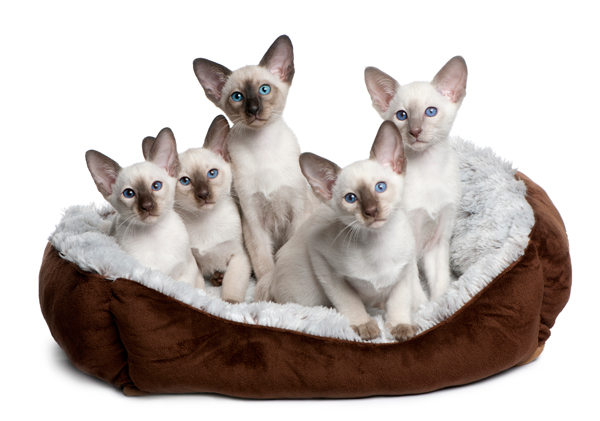
Breeders With Currently Available Kittens
All The Cat Breeds
- Abyssinian
- American Bobtail
- American Curl
- American Shorthair
- American Wirehair
- Balinese
- Bengal
- Birman
- Bombay
- British Shorthair
- Burmese
- Burmillia
- Charteux
- Chausie
- Colorpoint Shorthair
- Cornish Rex
- Devon Rex
- Donskoy
- Egyption Mau
- European Burmese
- Exotic
- Havana Brown
- Highlander
- Himalayan
- Japanese Bobtail
- Khao Manee
- Korat
- LaPerm
- Lykoi
- Maine Coon
- Manx
- Minuet / Napolean
- Munchkin
- Norwegian Forest Cat
- Ocicat
- Oriental Longhair
- Oriental Shorthair
- Persian
- Peterbald
- Pixie Bob
- Ragamuffin
- Ragdoll
- Russian Blue
- Savannah
- Scottish Fold
- Scottish Straight
- Selkirk Rex
- Seychellois
- Siamese
- Siberian
- Singapora
- Snowshoe
- Somali
- Sphynx
- Thai
- Tonkinese
- Toyger
- Turkish Angora
- Turkish Van

